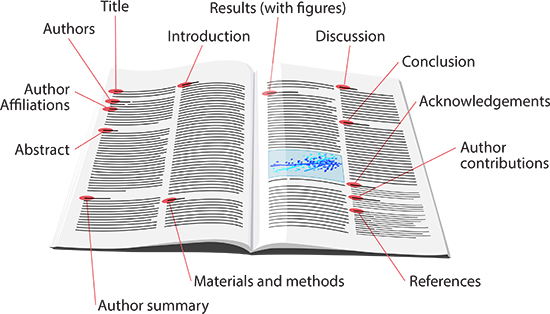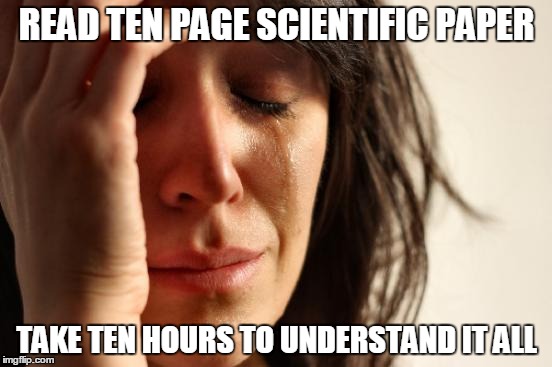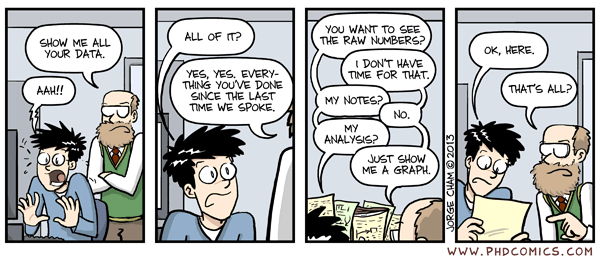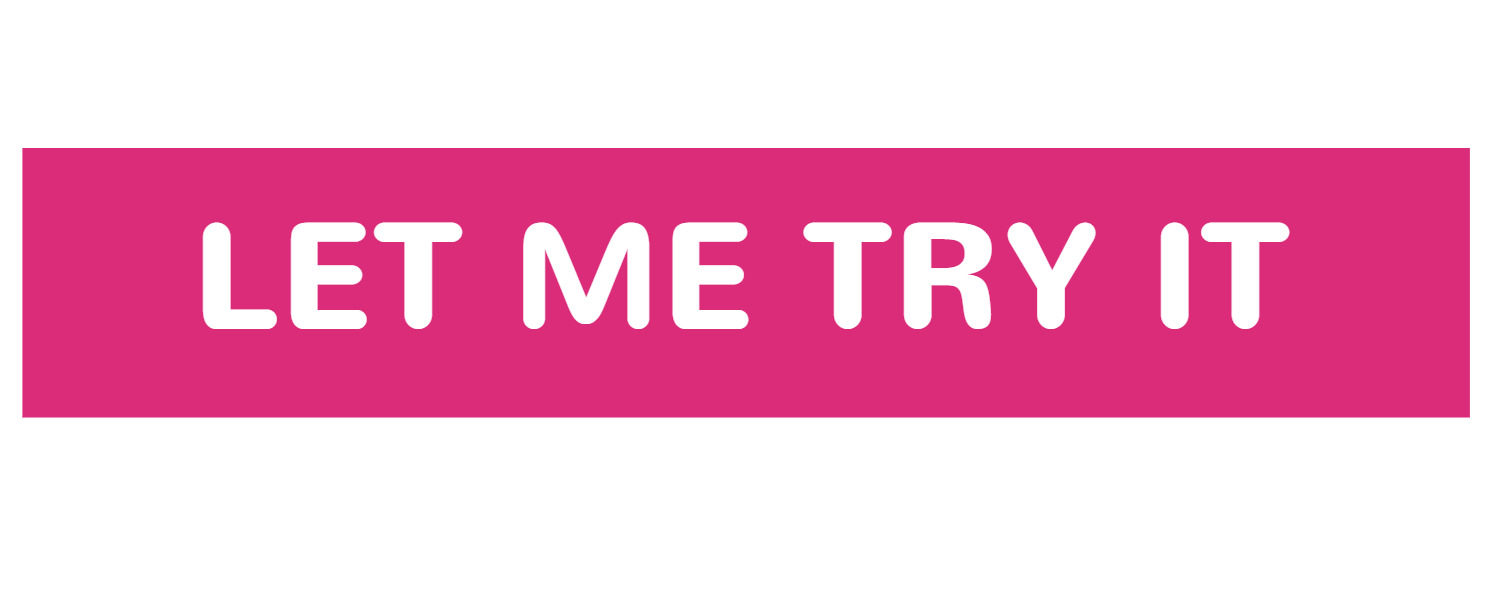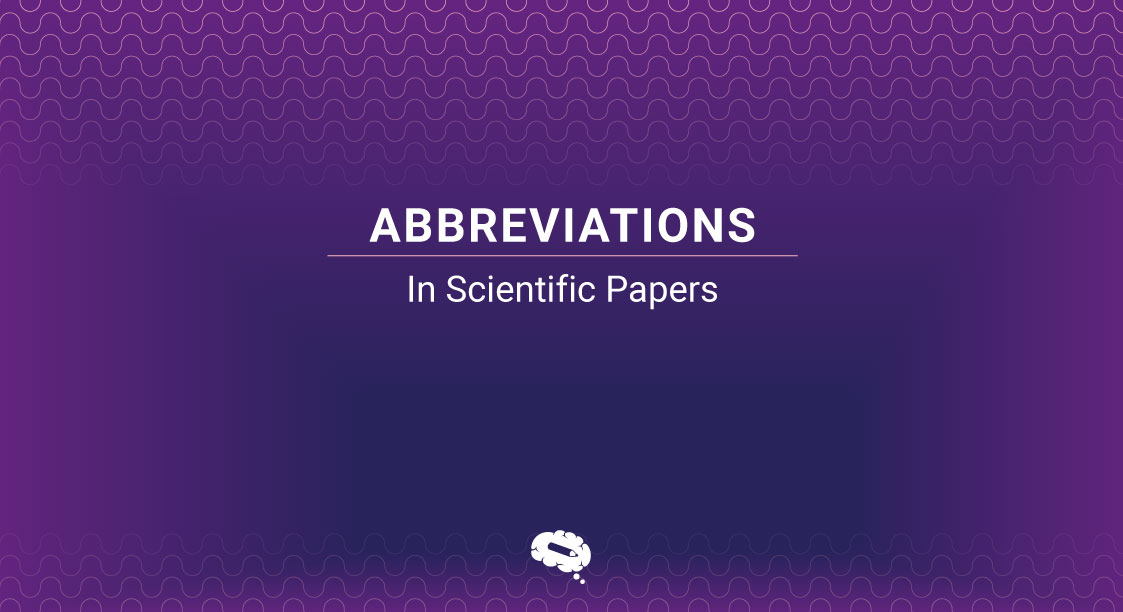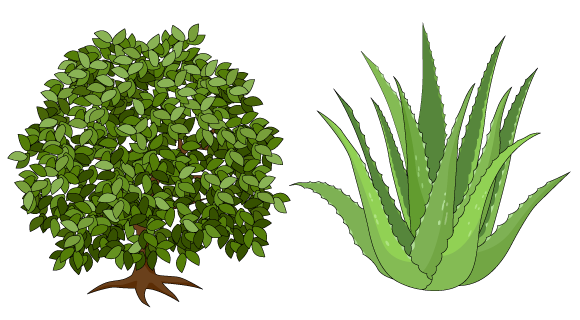How do you read scientific papers? It may seem like a trivial question. However, if we take into account that we hardly read full papers nowadays, the answer may not be so obvious.
We are often looking for speed reading techniques to help overcome the amount of information we need to process. With that in mind, Science magazine did a little research and asked scientists living different moments in their academic life how they read scientific papers.
Among the answers, something curious calls the attention:
“(…) I start by reading the abstract. Then, I skim the introduction and flip through the article to look at the figures (…)” Jesse Shanahan, master’s candidate in astronomy at Wesleyan University in Middletown, Connecticut
“(…) I also always look at plots/figures, as they help me get a first impression of a paper (…) Cecilia Tubiana, scientist at the Max Planck Institute for Solar System Research in Göttingen, Germany
“(…) I think the figures are the most important part of the paper, because the abstract and body of the paper can be manipulated and shaped to tell a compelling story (…) Jeremy C. Borniger, doctoral candidate in neuroscience at Ohio State University, Columbus
“(…) I often find that the supplementary figures actually offer the most curious and interesting results (…)” Gary McDowell, postdoctoral fellow in developmental biology at Tufts University in Medford, Massachusetts, and visiting scholar at Boston College
Despite each scientist personal choices in reading a scientific paper, it seems that figures, graphics or plots are important.
We can understand why: visual information is easier and faster to assimilate.
Now take a minute to think how much time and energy you invest in this section of your paper. Most scientists don’t have the ability to build an amazing infographic. However, writing a paper without concerning about how easy it is to access the information in it can impact directly the readers interest.
You don’t need to be a designer to take the first steps in science communication. Actually, you can start now.

Subscribe to our newsletter
Exclusive high quality content about effective visual
communication in science.

